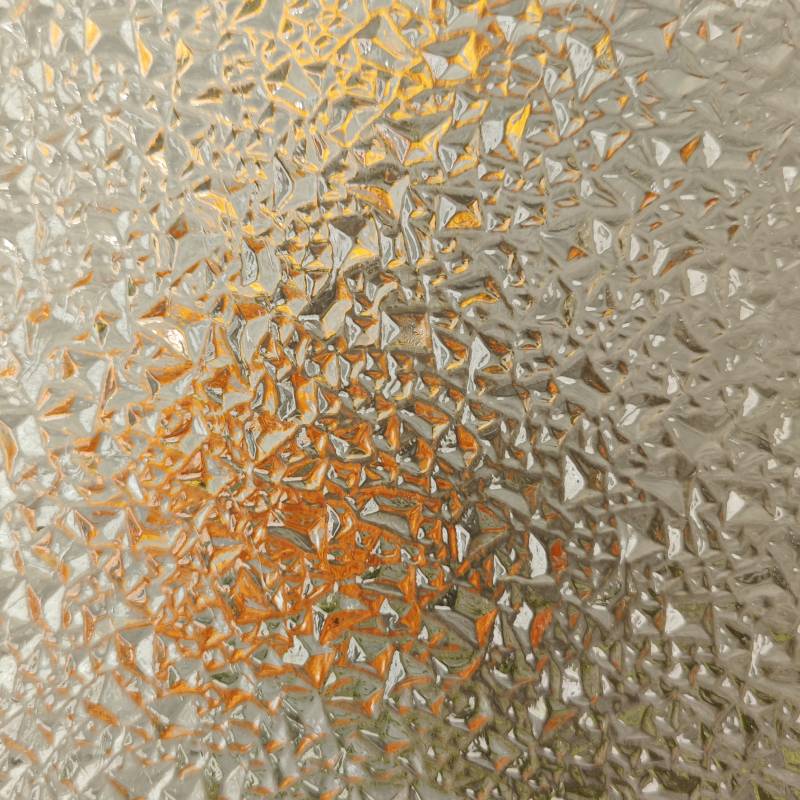

The Benefits of Solar Control Low E Glass
In today's environmentally conscious world, the choice of materials for buildings and homes is crucial. One such innovation is solar control low E glass, which is revolutionizing the way we think about windows and energy efficiency. This advanced glazing technology offers numerous benefits, making it an essential component for modern architecture.
Solar control low E (low emissivity) glass is designed to minimize heat transfer while maximizing natural light. The low E refers to a special coating that is applied to the glass surface, which helps reflect infrared light while allowing visible light to pass through. This characteristic is particularly important for buildings that experience significant solar gain, where excessive heat from the sun can lead to uncomfortable indoor temperatures and increased energy costs.
The Benefits of Solar Control Low E Glass
Moreover, the use of solar control low E glass can enhance the comfort of living environments. By keeping indoor temperatures more stable, this glazing technology helps create a more comfortable atmosphere for occupants. This is especially beneficial in regions with extreme temperatures, where the sun can contribute to overheating during the summer months. With better temperature regulation, spaces remain habitable and welcoming.

In addition to energy savings and comfort, solar control low E glass also contributes to sustainability. By reducing energy consumption, it lowers the overall carbon footprint of buildings. This makes it an attractive option for eco-conscious developers and homeowners who are seeking to adhere to green building standards. Many modern buildings strive for LEED (Leadership in Energy and Environmental Design) certification, and using solar control low E glass can help achieve these goals.
Furthermore, this type of glass helps protect interior furnishings from harmful ultraviolet (UV) rays. By filtering out a significant portion of UV radiation, it prevents fading and damage to carpets, furniture, and artwork. This not only preserves aesthetic qualities but also extends the life of important assets within the space.
Despite its many advantages, it is vital to consider the specific needs and location of your building when selecting solar control low E glass. Various types are available, each offering different levels of solar control, visible light transmittance, and aesthetics. Consulting with professionals in the field can guide you to the best choice that aligns with your energy goals and design preferences.
In conclusion, solar control low E glass represents a significant advancement in building materials, promoting energy efficiency, comfort, and sustainability. With its ability to minimize solar heat gain while allowing ample natural light, it plays a pivotal role in modern architecture. As more builders and homeowners recognize the benefits, it is likely to become a standard in responsible building practices, paving the way for more sustainable living environments. Embracing solar control low E glass is not only a step towards reducing energy costs but also a commitment to a greener future.